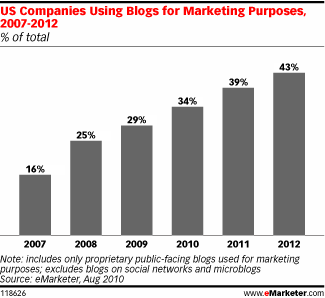News Update – Best of the Day
 Ecommerce is developing rapidly. And although users are said to be slow in adapting new technology, they expect their retailers to embed the latest trends and technology in their websites. As this will increase the sales potential of a business, companies should carefully listen to top 10 tactical trends by Michael Piastro which will help supercharge your ecommerce strategy for the future.
Ecommerce is developing rapidly. And although users are said to be slow in adapting new technology, they expect their retailers to embed the latest trends and technology in their websites. As this will increase the sales potential of a business, companies should carefully listen to top 10 tactical trends by Michael Piastro which will help supercharge your ecommerce strategy for the future.
Social Media is in “at” your workplace, you said? Yes, but what does top management use it today? A new comprehensive study of more than 1000 business professionals by Pierre Khawand, Founder and CEO of People-OnTheGo shows that business decision makers manage multiple “inboxes” including Social Media. Social media is already a regular part of the work day. LinkedIn is the most popular social network. More than two-thirds (63.8%) of top management and almost three-quarters of marketing (73.9%) and sales (74.2%) respondents check LinkedIn regularly. Isn’t it interesting that private email is as popular as business email for top management? Social Media or private emails… Thinking about what might affect productivity more in the future…
Are small companies spending most of their marketing funds into Social Media in 2011? No! The use traditional websites and e-mail, says a report by online survey firm Zoomerang and GrowBiz media that surveyed 751 small firms (predominantly with less than 25 employees). The survey finds that over a quarter will spend at least 30% of their online marketing budgets on their websites, E-mail coming in second (18%). Only 10% were planning to spend at least 30% of their budgets on Social Media.










